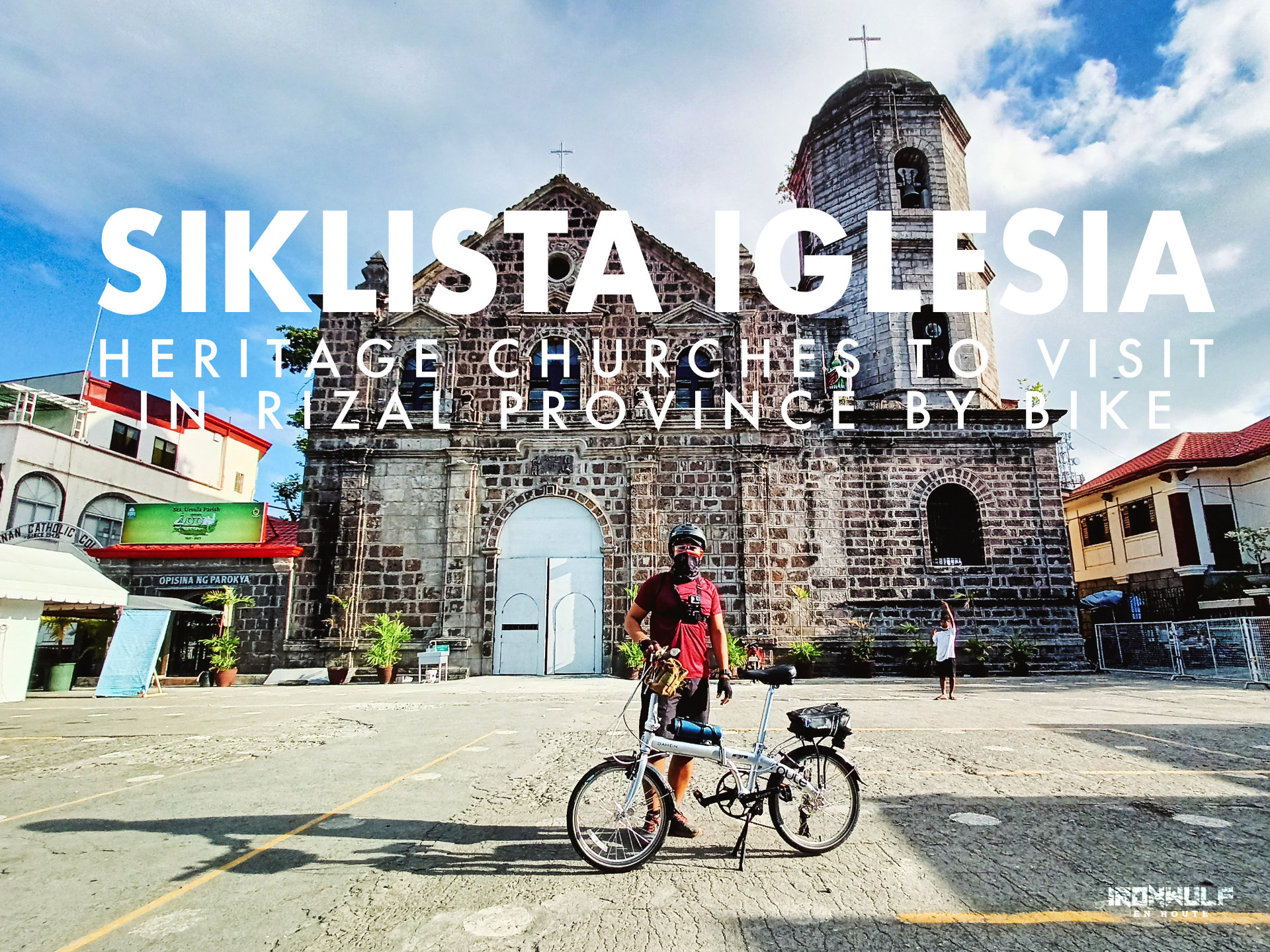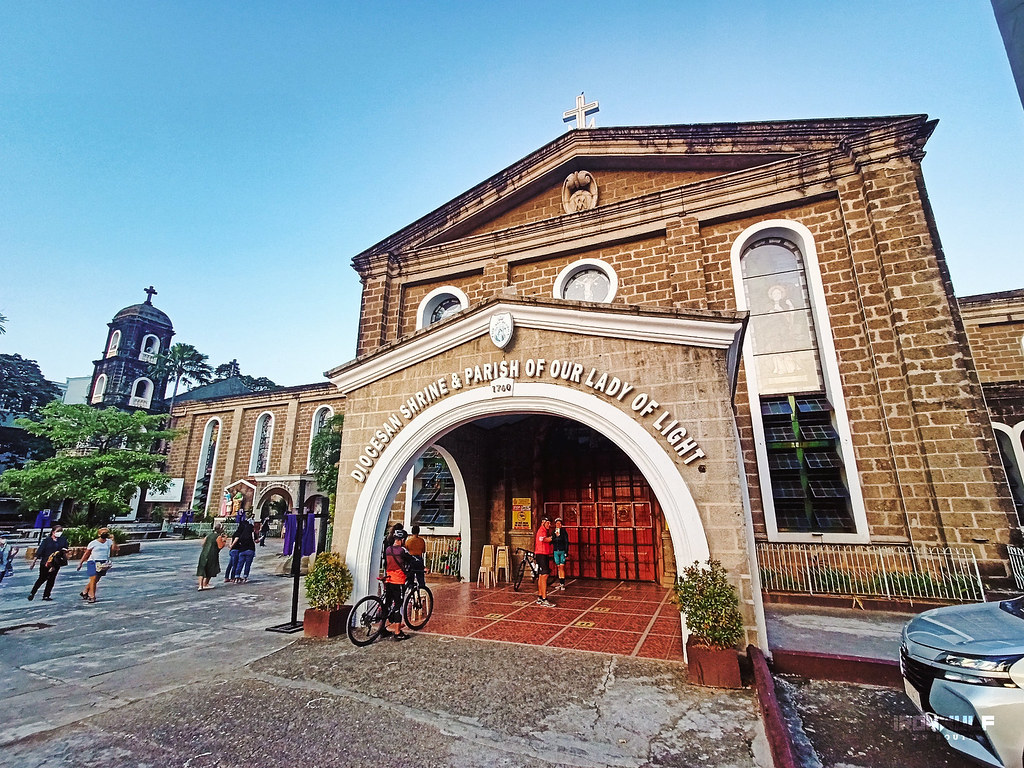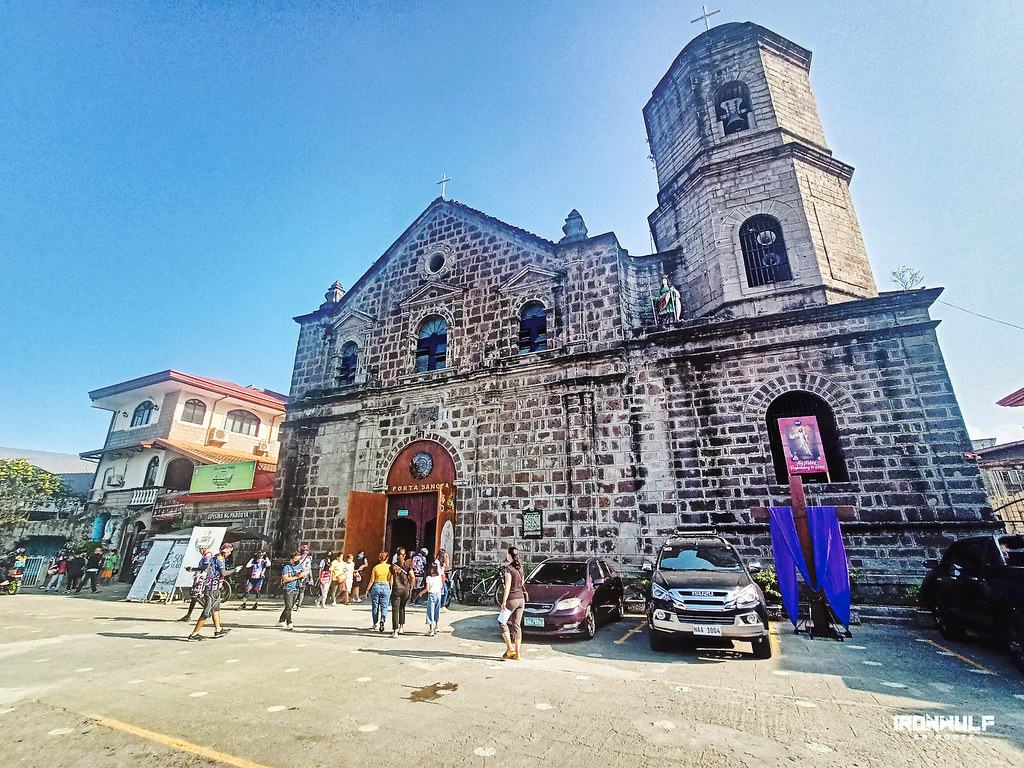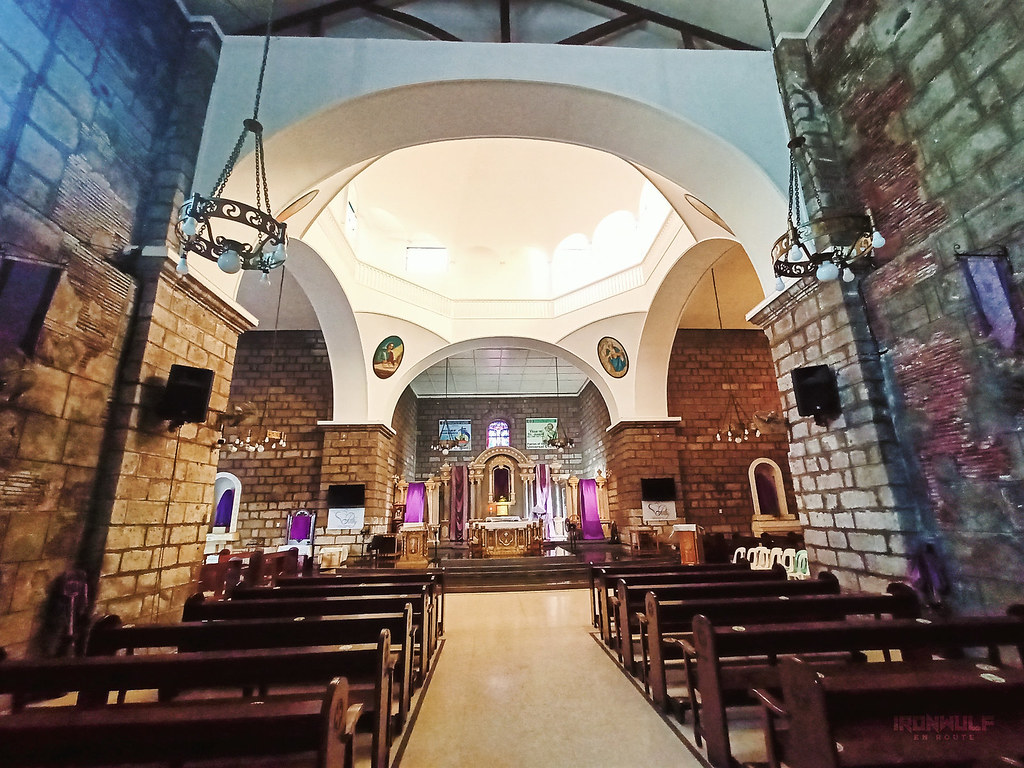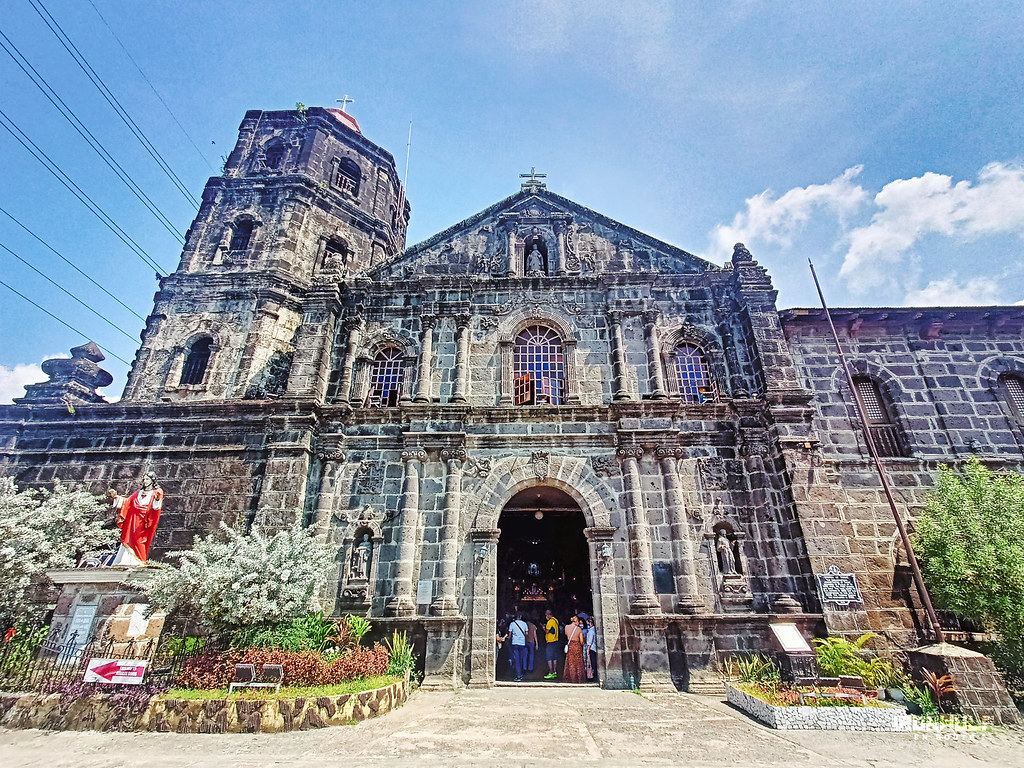With Holy Week just around the corner, it’s time once again to consult a map and contemplate on doing the rounds of churches for the annual Visita Iglesia. While you’re at it, it might be worthwhile exploring Rizal Province which is renowned for beautiful, mostly centuries-old churches with some dating back to the Spanish colonial period. This year, why not hop on your bike instead of walking so you can cover more ground? After all, you’d still be using your legs as some sort of sacrifice for the Lenten season while pedaling your way to municipality after municipality of quaint, old churches steeped in history. Let’s start our Siklista Iglesia.
- Cainta: Our Lady Of Light Parish
- Taytay: St. John The Baptist Church
- Binangonan: St. Ursula Parish Church
- Cardona: Our Lady of the Rosary
- Morong: St. Jerome Parish Church
- Baras: St. Joseph Church
- Pililia: The St. Mary Magdalene Parish Church
- Tanay: San Ildefonso de Toledo Parish Church
- Antipolo: Boso-Boso Church and the Antipolo Cathedral

If you’re using Pasig City as a gateway, you can make a looping journey starting from nearby Cainta all the way southeast to Pililia then go back north to Antipolo. Or do it vice-versa. In between stops, you’d get to enjoy the marvelous scenery as well.
Cainta: Our Lady Of Light Parish
Take the C. Raymundo and Ortigas Avenue roads to head to nearby Cainta for the Diocesian Shrine and Parish of Our Lady of Light. Otherwise known simply as Cainta Church, it traces its beginnings to 1707 when the original church was built by Father Gaspar Marco.
How it got its name has an interesting backstory: a painting of Our Lady of Light was brought from Italy in 1727 and served as the inspiration for its name: Parroquia de Nuestra Sennora de Lumen. The relic was burned during the Filipino-American war in 1899 and later recreated by the national artist, Fernando Amorsolo. It was later crowned as an artistic painting by Pope Francis in December 2017 becoming the first Marian image in Philippine history to be granted this status. The church itself was declared as a historical site in 2007 by the National Historical Institute, the forerunner of the National Historical Commission.
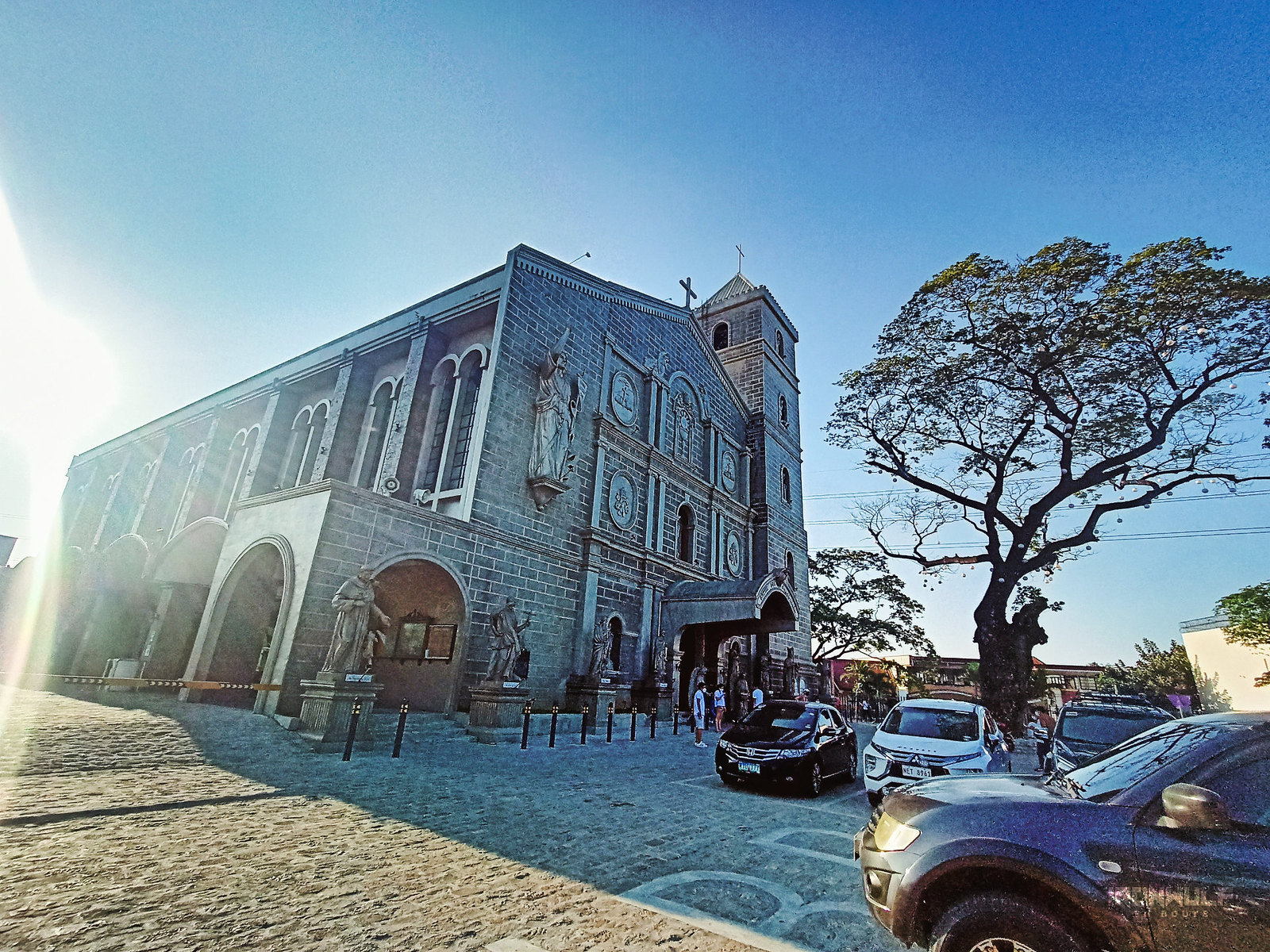
Taytay: St. John The Baptist Church
Originally built on the flood-prone shoreline of Laguna de Bay, the St. John the Baptist church in Taytay was formerly named as the Visita de Sta. Ana de Sapa which was built in 1579. A new stone church was constructed 20 years later, the first such stone church to be built by the Jesuits outside Manila. It underwent repairs and construction work in 1768 and 1864 before being completely destroyed in the Filipino-American War. The new church was made entirely out of concrete, bearing no resemblance to the former Jesuit church.
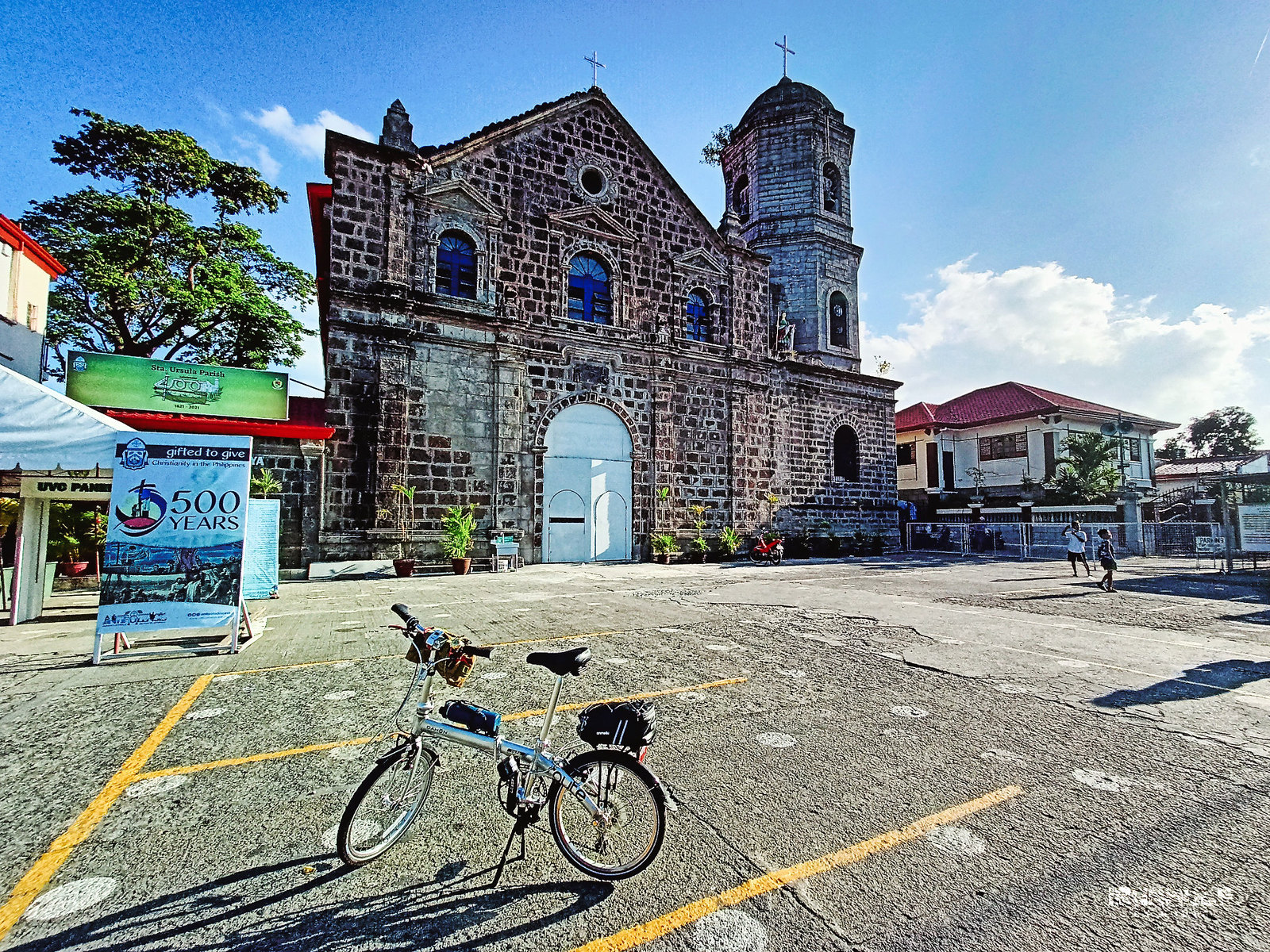
Binangonan: St. Ursula Parish Church
Another centuries-old edifice, the St. Ursula church, can be found in Binangonan. The church started out as a chapel constructed by Franciscan missionaries in the 15th century when it was still a part of Morong.
By 1621, a separate independent parish was created with St. Ursula as its patron saint. Transferred to the Jesuits in 1679, it again changed hands, to the Augustinians in 1697. It came full circle in 1737, going back to the administration of the Franciscans. Interestingly, it was completed in 1800 through the work of volunteer delinquent male taxpayers made possible by a barangay decree.

Cardona: Our Lady of the Rosary
Head east to Cardona where the Our Lady of the Rosary Church is located. It is one of the relatively ‘newer’ churches, that is, if 1872 can be considered more recent compared to the three-centuries old churches elsewhere in the province.
Cardona was still a sitio of Morong when the Franciscan missionaries founded the original church along the shores of Laguna de Bay. The story goes that an image of Our Lady of the Holy Rosary stationed in the main church kept disappearing then returning mysteriously. Caretakers would then always find a local weed, amorseko, in the place where the image would return. The locals took it as a sign that the Blessed Mother Mary herself has chosen the site where her image ought to be enshrined.

Morong: St. Jerome Parish Church
Find another centuries-old church in Morong — St. Jerome Parish Church. This church has a distinctive Chinese-Baroque style of architecture, built in 1615 by Chinese artisans out of mortars and stones.
Two lion sculptures stand guard at the entrance, a rather strange, if unique look, sort of like entering a Chinese temple instead of a Catholic church. The site of gunfights between the Spanish guardia sibil and Katipuneros, the façade still bears bullet holes, remnants of the Filipino revolt against Spanish rule.
Baras: St. Joseph Church
Baras has one of the oldest churches in the province – the St. Joseph Church. Its original iteration began construction in 1595. It came under the administration of the Jesuits from 1616 to 1679 and the present church was completed in 1686.
Popularly known as the Baras Church, its official name is the Diocesian Shrine and Parish of St. Joseph (or El Glorioso Patriarca Señor San Jose de Baras. From the outside, what makes the church distinct is its use of barn- and fortress-style of Baroque architecture, with an exposed, un-plastered adobe brick structure and exposed trusses in its ceiling. The heart of the church is its miraculous image of San Jose de Baras, an image of St. Joseph holding the Child Jesus in one arm while carrying a sheaf of lilies with his other arm.

Pililia: The St. Mary Magdalene Parish Church
If your legs are still up to it, why not pedal your way to Pililia? The Pililia church is also called the Diocesan Shrine and Parish of St. Mary Magdalene. The original church was first constructed by the Franciscans in 1583. Fire razed the whole town, including the original edifice in 1632. Another fire damaged the church in 1668 and the adobe structure was completed five years later in 1673.
The National Historical Commission unveiled its historical marker in January 1977. The architecture of the church is steeped in simplicity with the baptistry housing the retablo bearing the image of St. Mary Magdalene located at the lower part of the bell tower.
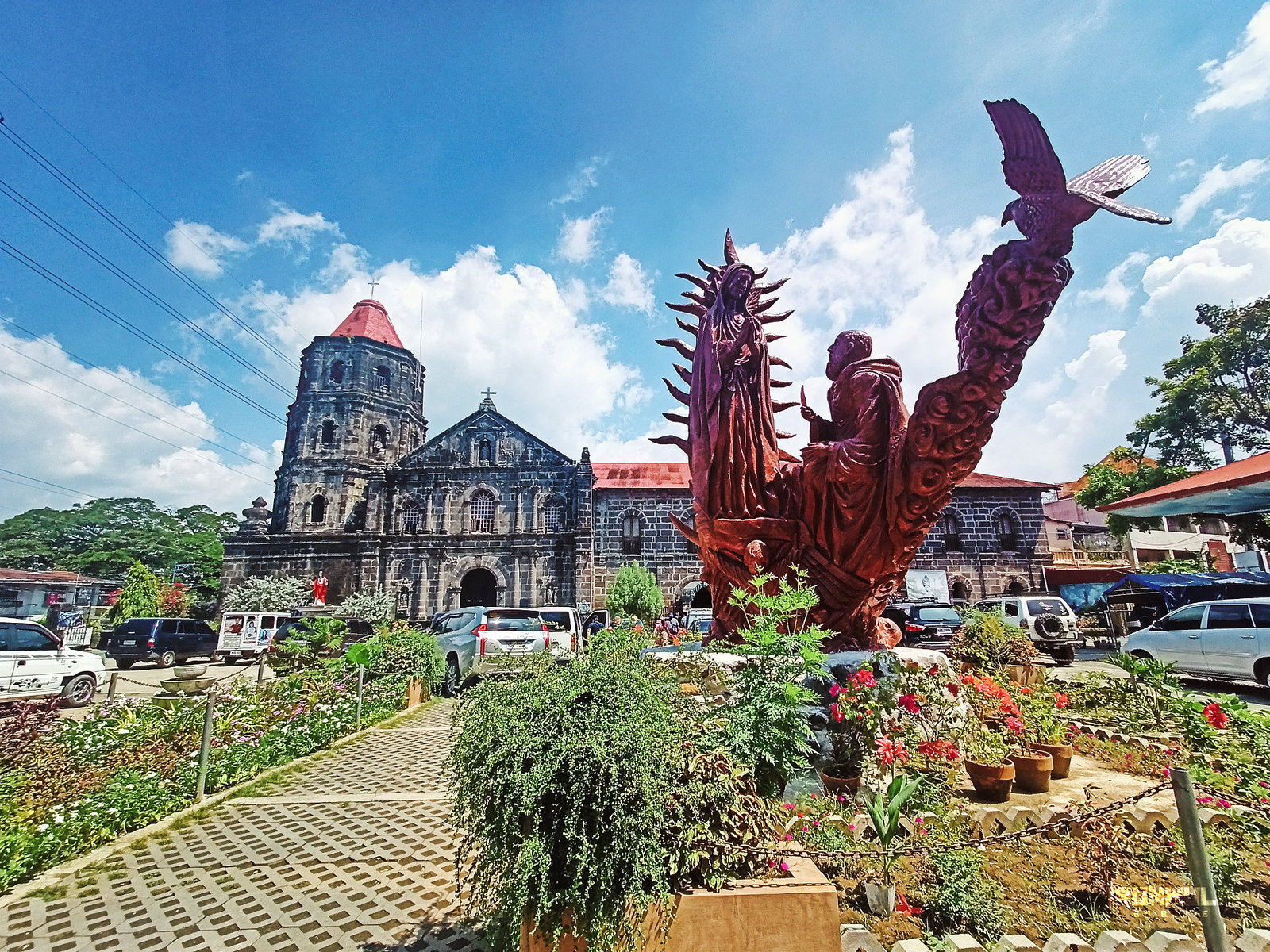
Tanay: San Ildefonso de Toledo Parish Church
While not as old as the earlier churches, Tanay Church bears the hallmark of early Renaissance Architecture. Otherwise called as the San Idelfonsus of Toledo Parish Church, it dates back to 1783. Its design leans toward Baroque architecture.
Originally the parish of Monte de Tan-ay, the town was transferred to San Antonio in 1620. Following the establishment of the town of Tanay in 1640, the church was transferred to its present site. Construction of the present church was completed in 1783. Declared as a National Cultural Treasure in 2001, it is one of the seven jubilee churches of the Diocese of Antipolo.
Interestingly, the church houses a most fascinating relic – a piece of bone of San Ildefonso can be found in the monstrance, donated by Rev. Fr. Felipe Pedraja in 2006 from Zamora, Spain where the body of the saint lies.

Antipolo: Boso-Boso Church and the Antipolo Cathedral
The Boso-Boso Church, otherwise known as the Nuestra Señora de Annunciate Parish Church, which dates back to 1669. Since then, it has changed hands from the Franciscans who founded it as a site of conversion for the Dumagats. The mission was passed on to the Jesuits in 1741, and then to secular priests in 1768.
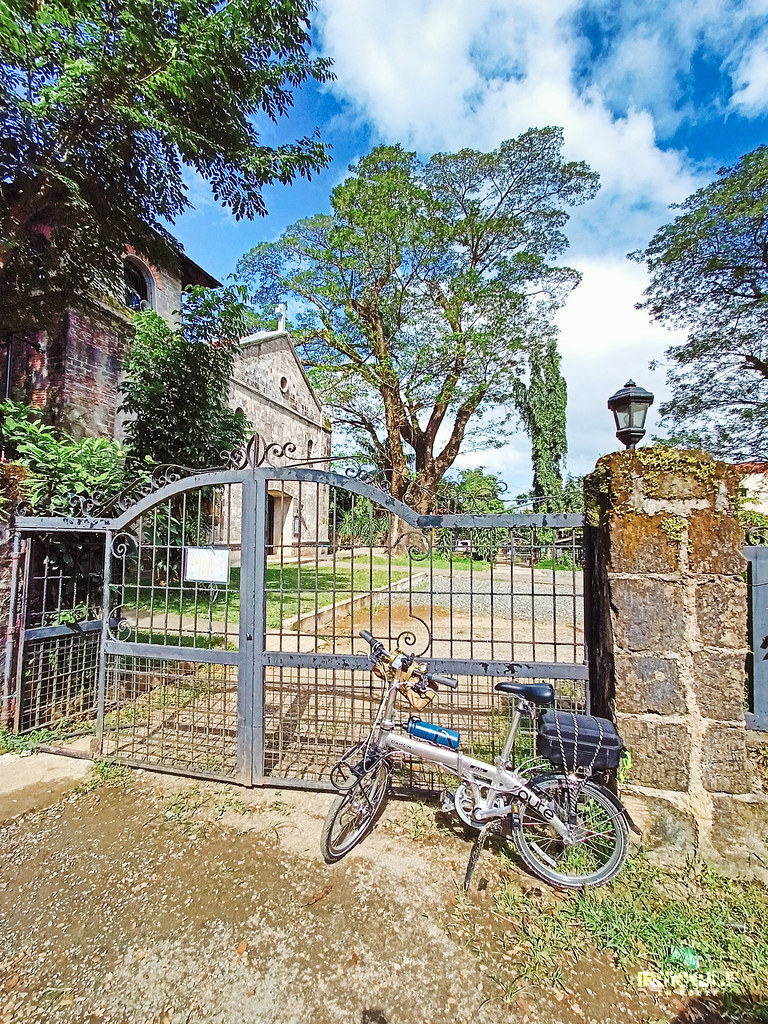
Damaged by an earthquake in 1880, the church was transferred to Bagong Boso-Boso. The ruins were then used by Hunters ROTC guerillas as their headquarters in 1942. It then changed hands again in 1995, coming under the Camililans (or Clerics Regular) who later appointed the Nuestra Señora de Annunciata as its patron saint in 1995. While the church looked old, only the lower part of the original façade has survived the onslaught of the years, including the razing of the church by the Japanese. That being said, the architecture of Boso-Boso Church is still beautiful if sparse and simple, hewing close to the look of the original structure.

On the other hand, Antipolo City is also home to the National Shrine of Our Lady of Peace and Good Voyage. More popularly known as the Antipolo Cathedral, the centuries-old church is also home to the miraculous image of the Nuestra Señora de la Paz y Buen Viaje, The 17th-century wooden image was carried to the Philippines on board the galleon trading ship El Almirante along with the newly appointed governor-general of the Spanish East Indies, Don Juan Niño de Tabora. Tabora attributed his safe voyage to the image. In the 1630s, the stories had it that the image would mysteriously disappear many times and reappear on top of a Tipolo (breadfruit) tree. The locals considered this a divine sign that the church should be relocated to the site of the tree from its former site in Barangay Sta. Cruz. The municipality (later a city) would be named after the tree.
The original church was established way back in 1578 and has changed hands several times. A popular site for pilgrimages, the shrine of Our Lady of Antipolo was declared by the Vatican as the first international shrine in the Philippines.
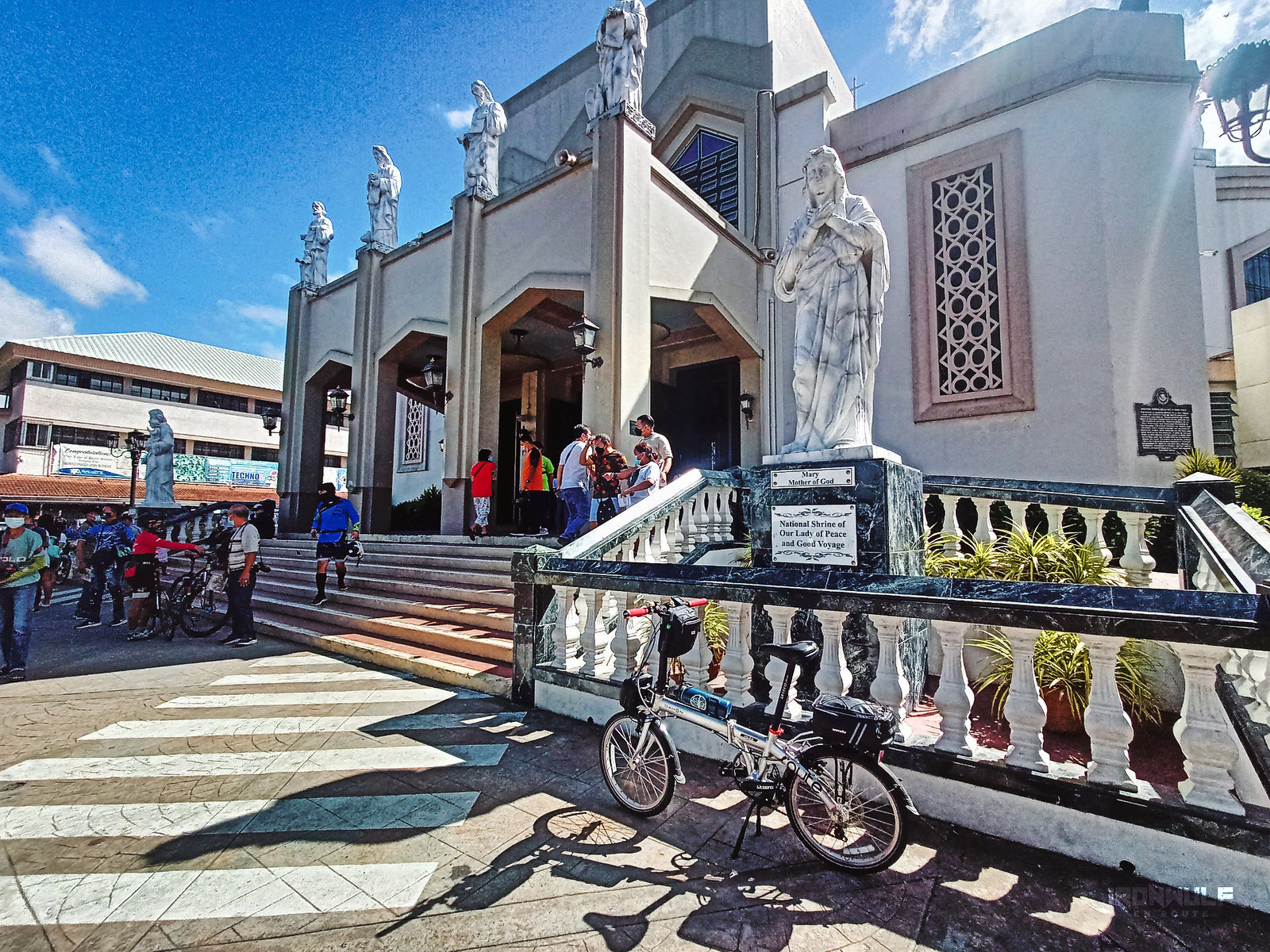

Ferdz Decena is an award-winning travel photographer, writer and blogger. His works has found print in publications such as Singapore Airlines’s Silver Kris, Philippine Airlines’ Mabuhay, Cebu Pacific’s Smile and Seair InFlight. He has also lent his expertise to various organizations like the Oceana Philippines, Lopez Group Foundation, Save the Children and World Vision, contributing quality images for their marketing materials.
